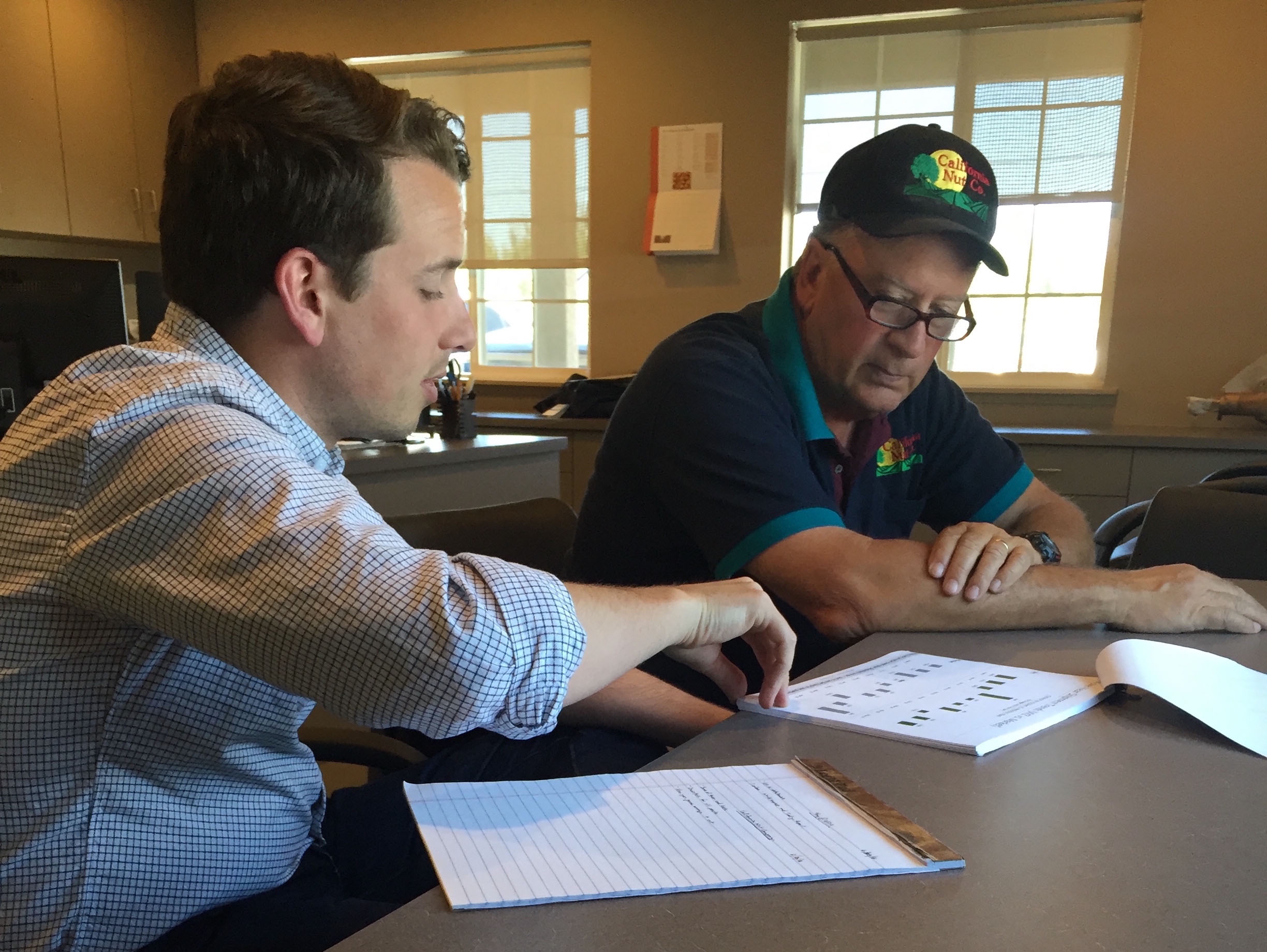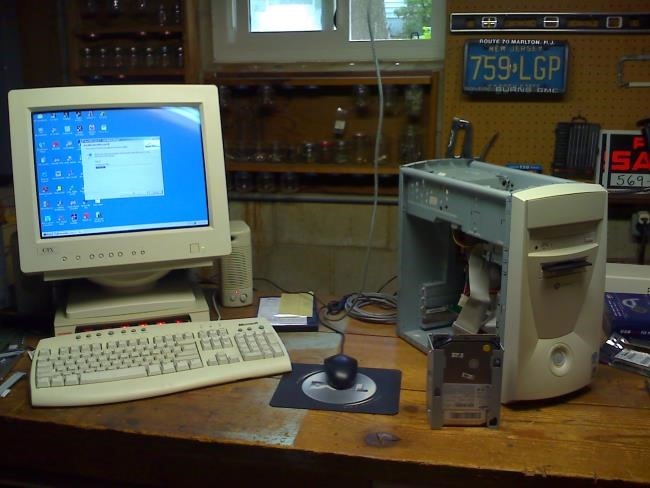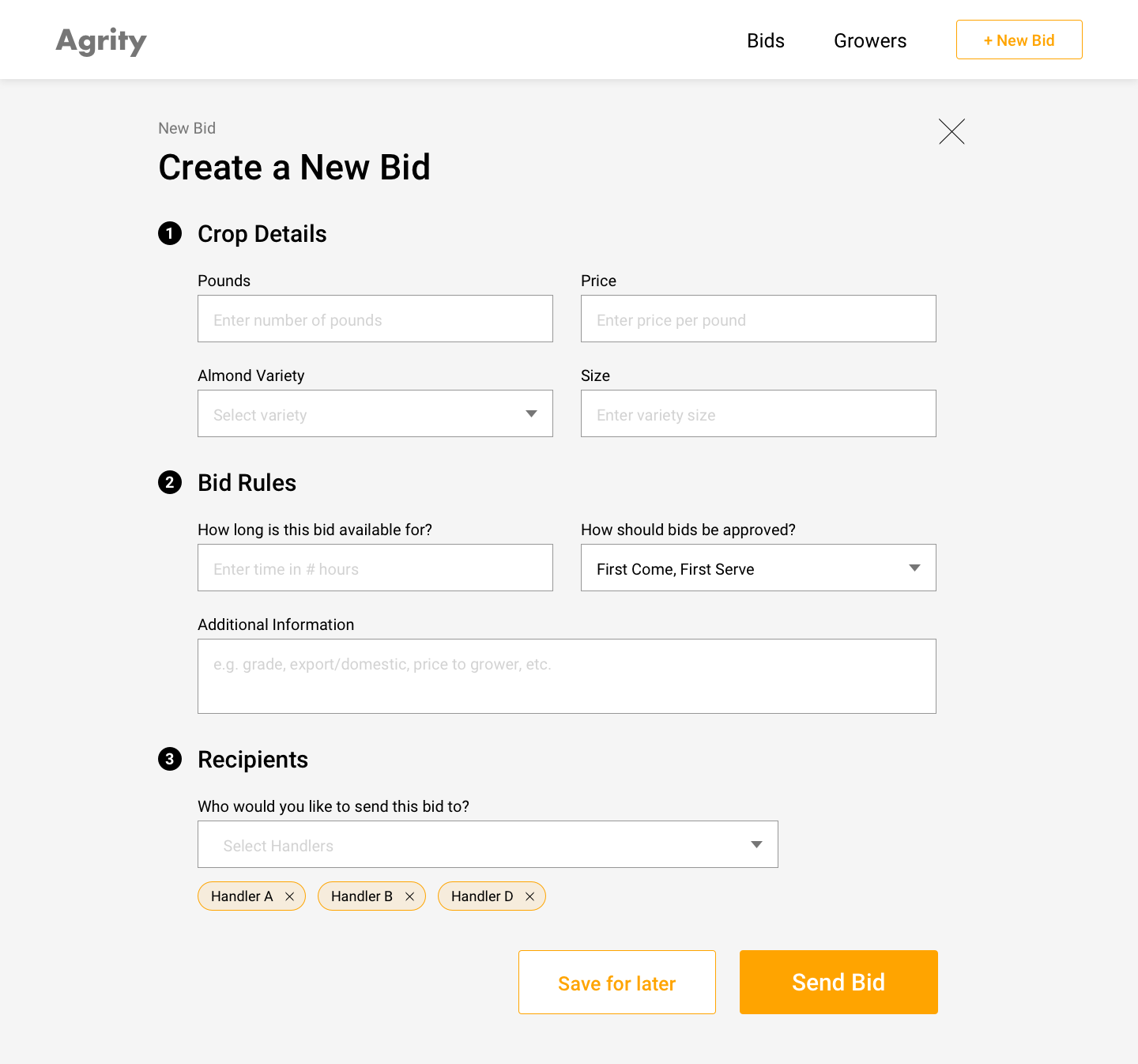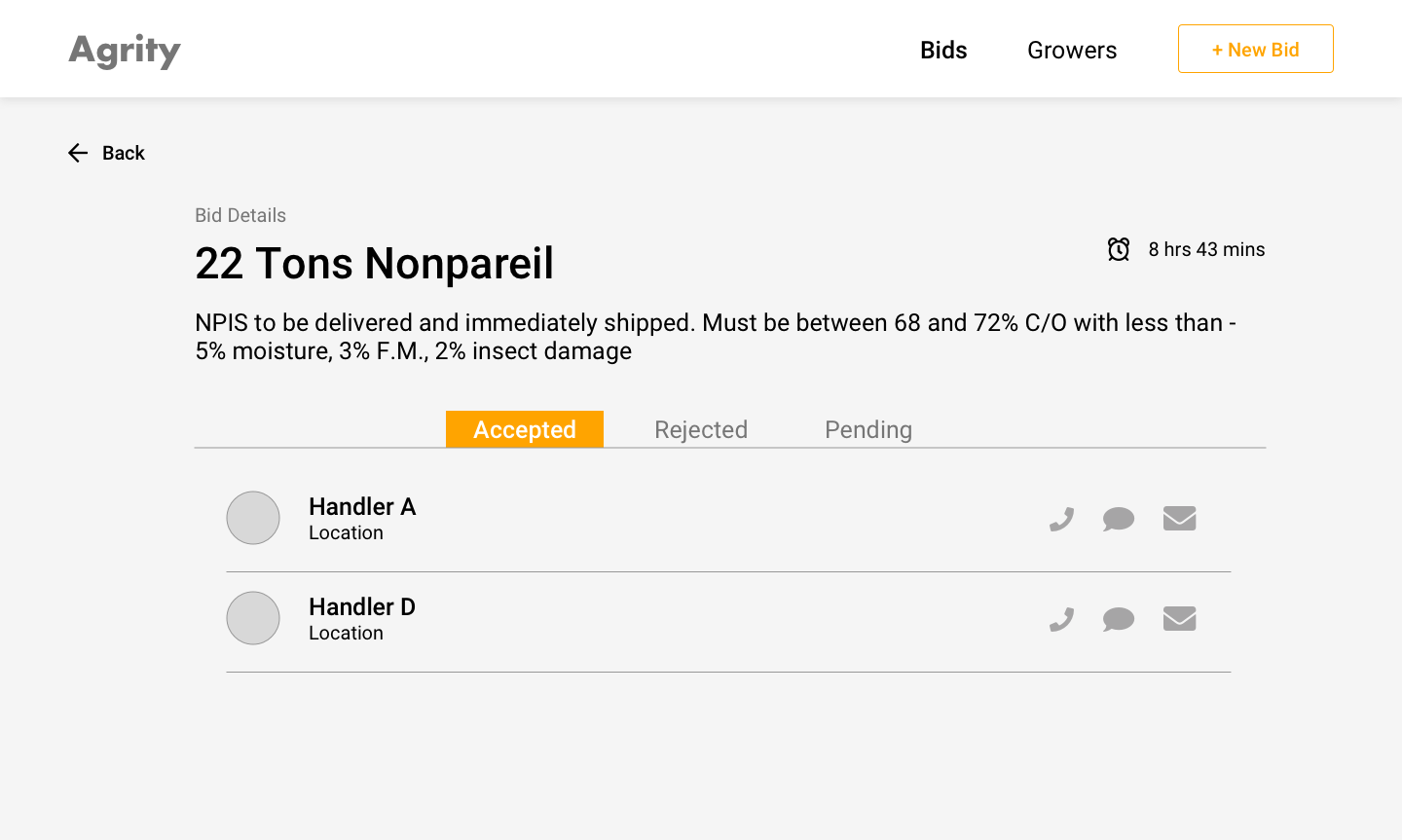Bid Tracking Console for Agrity
Agrity, an idea supported by the 2016 Lightspeed Venture Partners Summer Fellowship, increases productivity and efficiency in the specialty agriculture industry. Our team's challenge was to bring digital solutions to an otherwise pen and paper industry of non tech-savvy users.






